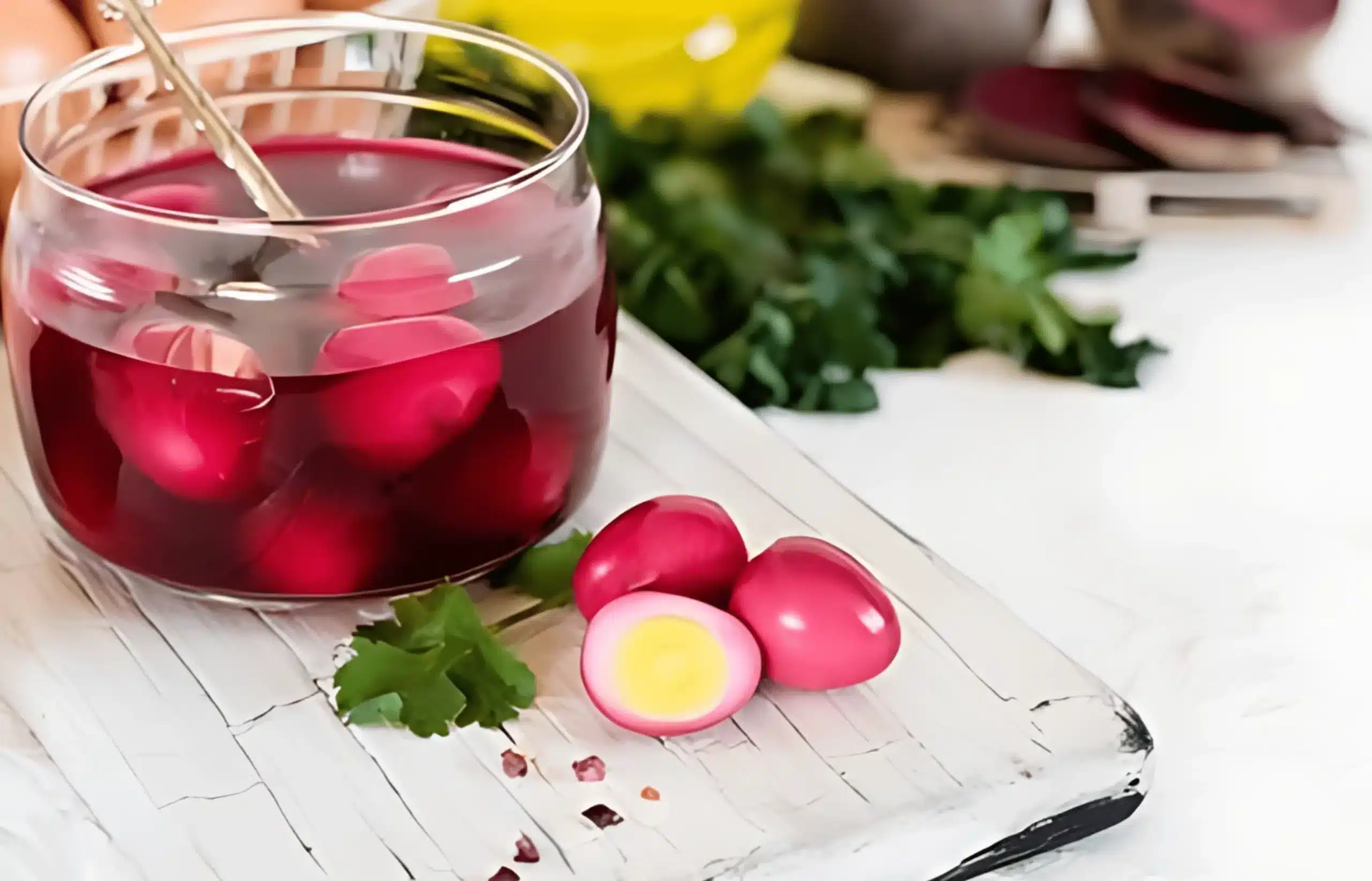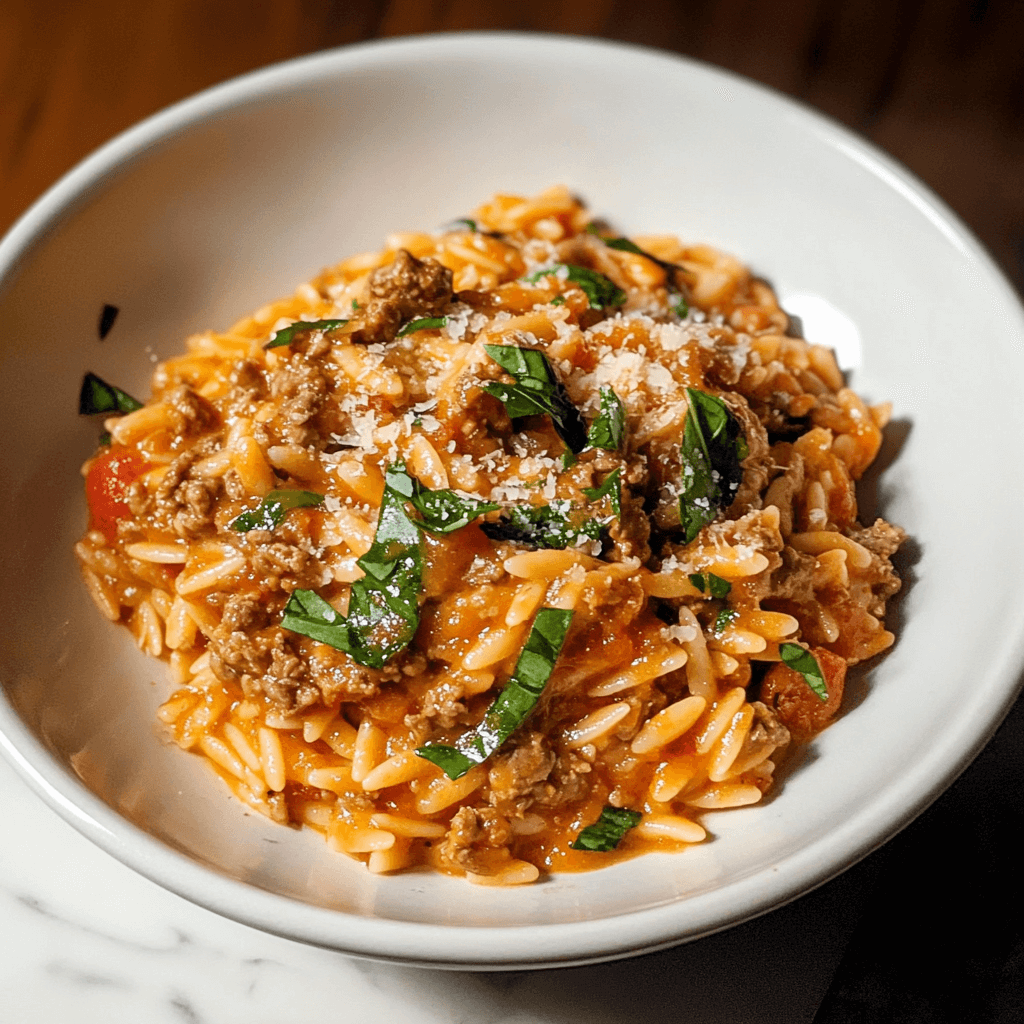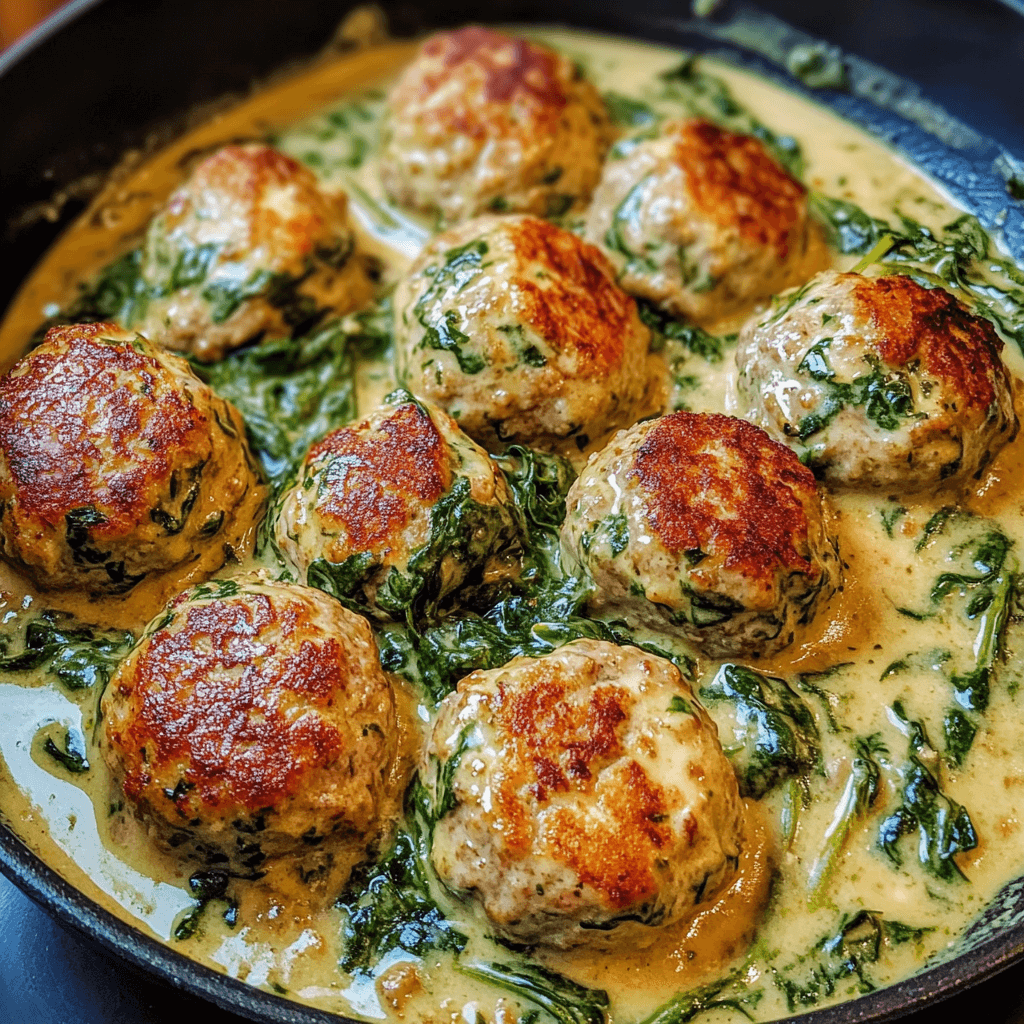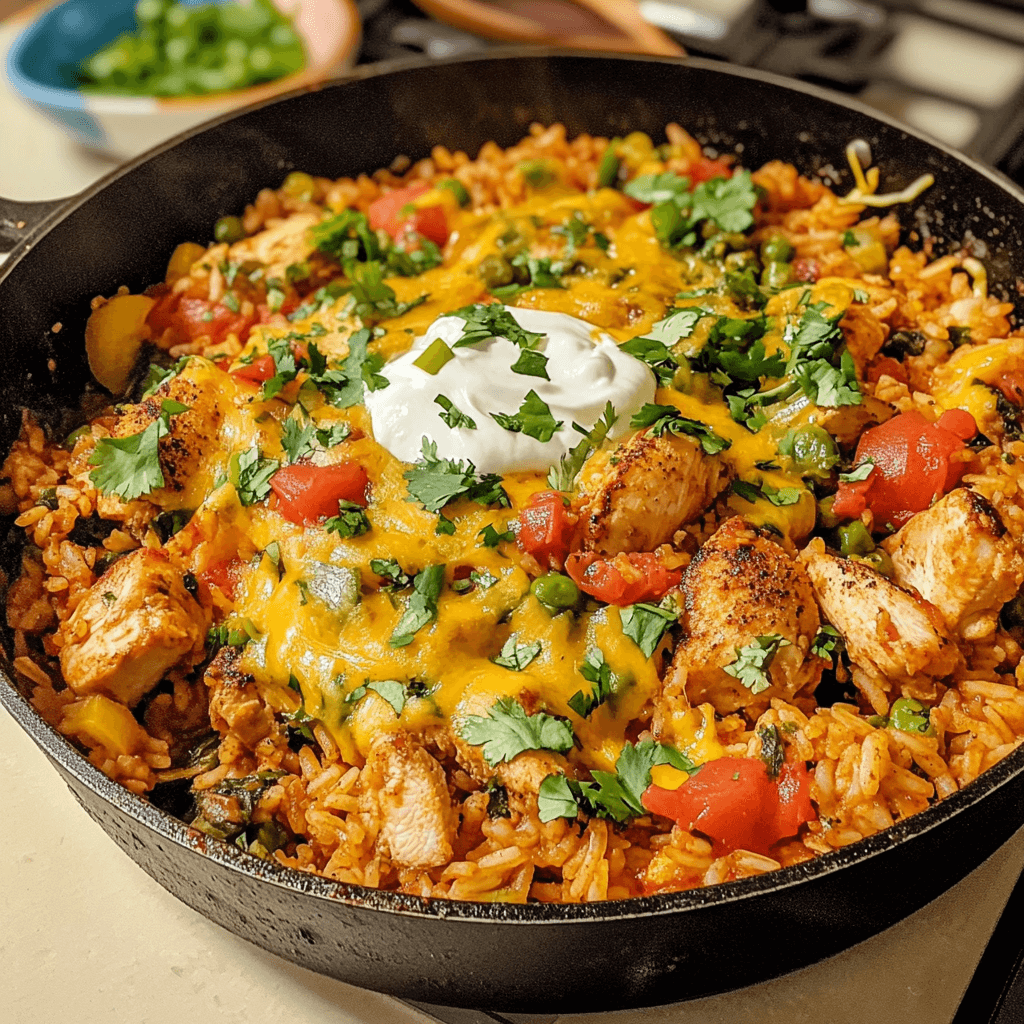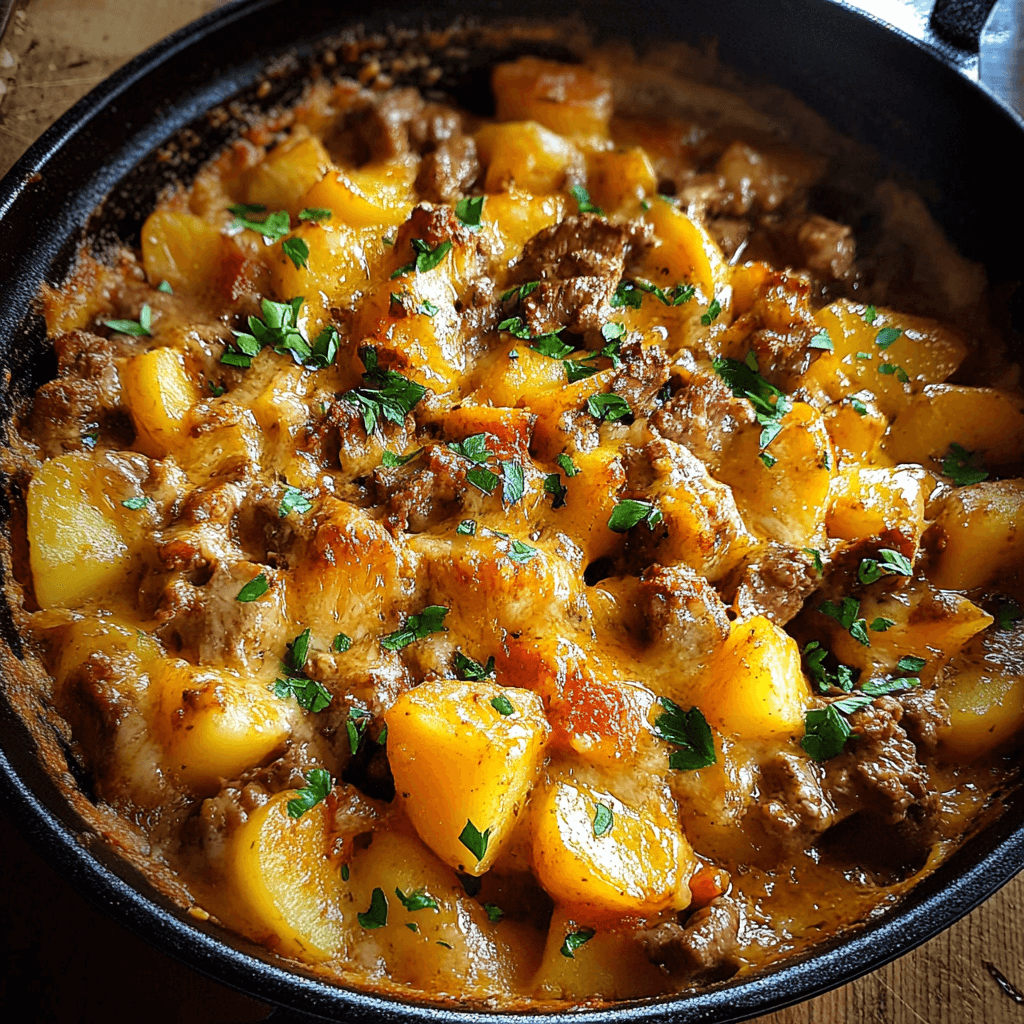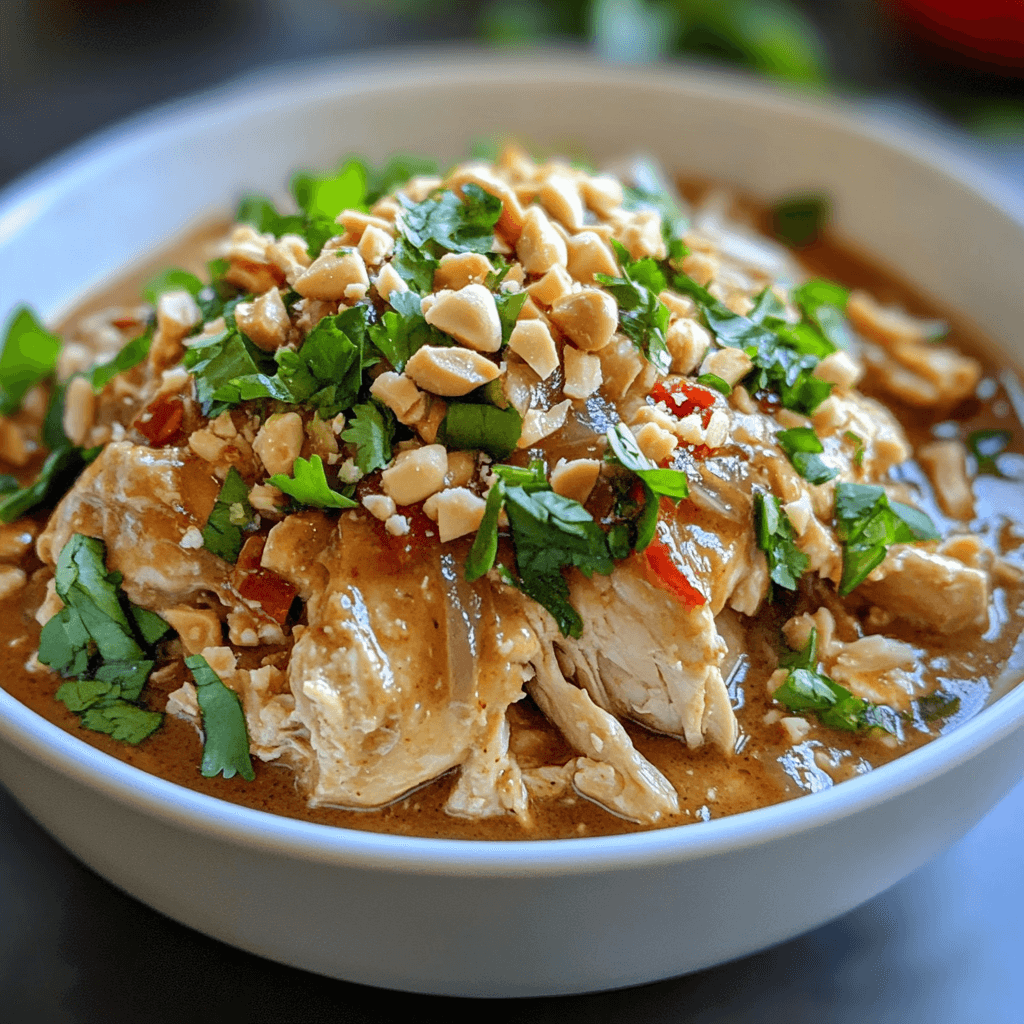The enduring allure of time-honored recipes such as pickled eggs extends beyond mere preparation; it’s an odyssey through a storied past. These recipes have matured from practical methods of food preservation, like pickling, into cherished legacies that carry the essence of bygone eras. An impeccably cured pickled egg offers more than just a zesty and savory experience; it serves as a thread linking us to the vast tapestry of our ancestral culinary traditions.
The Eternal Charm of Classic Culinary Arts
The draw of classic recipes lies in their capacity to bridge the past and present, melding the flavors of antiquity with today’s tables worldwide. More than just mixtures and procedures, these recipes represent rich histories woven into our collective gastronomic identity. The straightforwardness of the pickled egg, with its humble beginnings and tangy finish, evokes a sense of comfort and the solace of familiarity.
Delve deeper into the history of pickling and the cultural significance of these time-tested techniques with these resources:
- A History of Pickling Through the Ages
- The Art of Preserving by Smithsonian Magazine
- Old Recipes, New Trends: The Revival of Pickled Foods
Essential Ingredients for Pickled Eggs
Pickled eggs are a popular snack and side dish that involve preserving boiled eggs in a vinegar-based solution. Here are the essential ingredients typically used to make basic pickled eggs:
Essential Ingredients:
- Boiled Eggs: Hard-boiled and peeled.
- Vinegar: White vinegar is commonly used, but apple cider vinegar can also be a great choice for a different flavor profile.
- Water: Used to dilute the vinegar to the desired acidity.
- Salt: To enhance the flavor of the pickling solution.
- Sugar: To add a touch of sweetness and balance the acidity of the vinegar.
Optional Ingredients for Additional Flavors:
- Garlic: Peeled cloves can be added for a robust garlic flavor.
- Spices: Such as black peppercorns, mustard seeds, coriander seeds, or red pepper flakes for a spicy kick.
- Herbs: Such as dill or bay leaves for additional flavor layers.
- Onions: Sliced onions can add a bit of sharpness and sweetness.
- Beet Juice: For a sweet, earthy flavor and a vibrant pink color.
Step-by-Step Guide to Making Old Fashioned Pickled Eggs Recipe
1: Boil and Peel the Eggs
- Place the eggs in a saucepan and cover them with water.
- Bring the water to a boil and then reduce the heat slightly to maintain a gentle boil for 9-12 minutes.
- Remove the eggs from the heat and place them in a bowl of ice water to cool.
- Once cooled, peel the eggs and set them aside.
2: Prepare the Pickling Brine
- In a separate saucepan, combine equal parts of white vinegar and water. The amount will depend on how many eggs you’re pickling and the size of your jar.
- Add salt and sugar to the mixture. A general guideline is to use 1-3 tablespoons of each per cup of vinegar/water mixture.
- Bring the mixture to a boil, ensuring the salt and sugar dissolve completely.
- Allow the brine to cool slightly before using it to pickle the eggs.
3: Add Flavorings
- If you’re using additional flavorings like garlic, spices, herbs, or onions, add them to the brine as it cools to infuse the flavors.
- If you want to add color to your pickled eggs, you can add beet juice to the brine.
4: Combine Eggs and Brine
- Place the peeled eggs into a clean, airtight jar.
- Pour the brine over the eggs, ensuring they are completely submerged.
- If you’ve added flavorings, ensure they are distributed evenly among the eggs.
5: Pickle the Eggs
- Seal the jar tightly and place it in the refrigerator.
- Allow the eggs to pickle for at least one week. The longer they pickle, the stronger the flavor will be.
- Once the eggs have pickled to your liking, they are ready to be enjoyed!
6: Enjoy Your Pickled Eggs
- Serve the pickled eggs as a snack, chop them up into salads, or slice them and place them on top of sandwiches or burgers.
- Store any unused pickled eggs in the refrigerator. Ensure the remaining eggs are always submerged in the brine.
Storing Old Fashioned Pickled Eggs Recipe
Ensure jars and lids are sterilized and seal tightly. Submerge eggs fully in the brine and store in the refrigerator. Use clean utensils to remove eggs and avoid cross-contamination. Monitor for signs of spoilage like off smells or mold and consume within a month. Label jars with the date made and store away from strong odors. Always prioritize safety and freshness when enjoying your pickled eggs.
Serving and Enjoying Pickled Eggs
Serve pickled eggs as a snack, in salads, or as a side dish. Slice them for sandwiches or chop them for a protein boost in meals. Pair with crackers or vegetables for a quick appetizer. Combine with beets for a colorful, flavorful dish. Enjoy as a tangy addition to picnic spreads or charcuterie boards. Always ensure they are fresh and free from any signs of spoilage before serving. Explore various culinary creations and enjoy the zesty flavor of your pickled eggs in numerous delightful ways.
Nutritional Benefits of Old Fashioned Pickled Eggs Recipe
Pickled eggs are a low-carb, protein-rich snack providing approximately 6g of protein per egg with roughly 78 calories. They contain essential nutrients like Vitamin B12, phosphorus, and selenium. The pickling process may reduce some vitamin content but adds a tangy flavor without significantly altering the calorie or protein content. They’re a convenient, nutrient-dense snack that can support muscle health and provide sustained energy. Note that pickling can increase sodium content, so consider this in the context of your overall diet.
Pairing Pickled Eggs with Other Dishes
Pickled eggs can be a versatile addition to various dishes, enhancing meals with their tangy flavor. Pair them with salads, offering a protein boost and a punchy element. Include them on charcuterie boards alongside cheeses, meats, and olives for a balanced bite. Slice them atop pizzas or into sandwiches for an unexpected zesty note. Incorporate into potato or macaroni salads for an extra layer of flavor. Serve alongside fish and chips for a classic pub fare. Use them in Asian cuisine, like ramen or rice dishes, to add a sour component. The possibilities are vast, allowing you to experiment and find your favorite pairings!
Common Mistakes While Making Pickled Eggs
Neglecting to sterilize jars can introduce bacteria, compromising the safety and quality of the pickled eggs. Undercooking or overcooking the eggs may affect texture and peeling. Failing to fully submerge eggs in the brine can lead to uneven pickling and potential spoilage. Overlooking the importance of a balanced brine may result in eggs that are too salty, sweet, or acidic. Ignoring the pickling duration could yield eggs with insufficient flavor. Neglecting to refrigerate the eggs or using contaminated utensils can risk spoilage. Avoid these pitfalls to ensure safe, delicious pickled eggs.
Global Variations of Pickled Eggs
Pickled eggs delight palates worldwide, with each region introducing its unique twists. In the UK, pickled eggs often accompany fish and chips and sometimes feature a vibrant hue from pickling with beet juice. Variations in the USA might include spicy versions with hot peppers or a sweet pickling brine. Chinese tea eggs, notable for their marbled appearance, undergo boiling and then soaking in a mixture of tea, soy sauce, and spices. In Germany, you might find pickled eggs in “Sülze” or aspic, alongside other pickled vegetables or meats. Korean cuisine features jangjorim, where chefs slow-cook eggs in soy sauce, garlic, and peppers. Each region adapts pickled eggs to its culinary traditions, offering a world of flavors to explore.
DIY: Creating Your Own Old Fashioned Pickled Eggs Recipe
Creating your own pickled egg recipes allows you to explore various flavor profiles and customize them to your liking. Start with the basics: hard-boiled eggs, vinegar, and water, then get creative with additional ingredients.
Choose Your Base:
- Decide on the type of vinegar: white, apple cider, or malt.
- Determine the ratio of vinegar to water based on your desired acidity.
Select Your Flavors:
- Add sweetness with sugar, honey, or maple syrup.
- Introduce spices like black peppercorns, mustard seeds, or coriander.
- Include herbs like dill, thyme, or bay leaves.
- Add heat with fresh or dried chili peppers.
- Infuse with garlic, onions, or shallots for depth.
Experiment with Colors:
- Use beet juice, turmeric, or red cabbage to naturally color your eggs.
Perfect Your Technique:
- Ensure eggs are hard-boiled to your liking and peeled cleanly.
- Sterilize jars and lids to ensure longevity and safety.
- Allow the brine to cool slightly before adding to the jar to avoid cooking the eggs further.
Develop Your Recipe:
- Adjust sweetness, acidity, and spices through experimentation.
- Test different steeping times to find your preferred intensity.
- Try various herbs and spices to discover new flavor combinations.
Store Safely:
- Always refrigerate your pickled eggs and consume them within a safe timeframe.
- Use clean utensils to remove eggs from the jar to prevent contamination.
By exploring different ingredients and techniques, you can create a myriad of pickled egg recipes that cater to your palate, offering a personalized culinary experience.
Conclusion: The Enduring Legacy of Pickled Eggs
Pickled eggs, with their rich history and global variations, have endured through centuries as a cherished culinary item. Pickled eggs have solidified their status in various cultures worldwide due to their preservability, transportability, and versatility in numerous culinary contexts. From enjoying them in the pubs of England to celebrating them in the diverse culinary landscape of the United States, and savoring them through the intricate flavors of Asian cuisine, myriad adaptations and celebrations of pickled eggs exist. The simplicity of their preparation, coupled with the complexity of flavors achievable through pickling, allows them to be both a staple and a delicacy. As we explore new flavors and revisit traditional recipes, the legacy of pickled eggs continues, inviting us to create, savor, and pass down the art of pickling eggs to future generations.
FAQs About Old Fashioned Pickled Eggs Recipe
Q1: How long do pickled eggs need to sit?
A1: Pickled eggs should ideally sit in the brine in the refrigerator for at least one week for a mild flavor. For a more robust and developed flavor, allowing them to sit for several weeks to a few months is recommended.
Q2: Are pickled eggs better than hard-boiled eggs?
A2: “Better” can be subjective as it depends on personal preference. Pickled eggs offer a tangy, flavorful alternative to hard-boiled eggs and can be enjoyed in various dishes. Hard-boiled eggs provide a neutral, versatile option suitable for numerous culinary applications.
Q3: Can you pickle eggs by just putting them in pickle juice?
A3: Yes, you can pickle eggs by placing them in leftover pickle juice. Ensure the eggs are fully submerged in the brine and store them in the refrigerator. However, the existing flavors in the pickle juice might give the eggs a different flavor from traditional pickled eggs.
Q4: Why are American pickled eggs pink?
A4: American pickled eggs are often pink due to the addition of beet juice to the pickling brine. Not only does this impart a vibrant pink color to the eggs, but it also adds a slightly sweet, earthy flavor. The pink coloration is not universal to all American pickled eggs and is specific to certain recipes or regional variations.
Q5: Why are my pickled eggs rubbery?
A5: Eggs might turn rubbery if you overcook them during boiling or expose them to highly acidic brine for an extended period. Ensure you boil eggs properly and balance the vinegar with water in your brine.
Q6: Can I reuse the pickling brine?
A6: While it’s possible to reuse brine, it’s generally not recommended due to potential dilution of flavors and the risk of bacterial contamination. It’s best to use fresh brine for each batch of pickled eggs.
Q7: Do I need to refrigerate the pickled eggs?
A7: Yes, it’s essential to refrigerate pickled eggs to ensure safety and optimal flavor development during the pickling process.
Q8: Can I pickle already peeled eggs?
A8: Yes, you typically peel pickled eggs before submerging them in the pickling brine to allow the flavors to permeate the egg whites.
Q9: Is it safe to eat pickled eggs left out of the refrigerator?
A9: No, pickled eggs should always be stored in the refrigerator to prevent bacterial growth and spoilage.
Q10: Can I make pickled eggs with other types of eggs, like quail or duck eggs?
A10: Yes, you can pickle quail, duck, or other bird eggs. The pickling process will be similar, but you may need to adjust the pickling time due to size variations.

